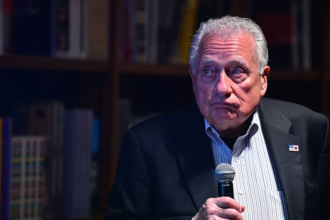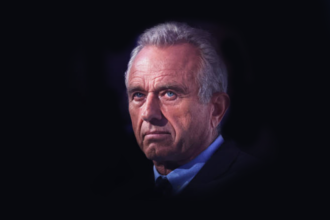What Is the Latest Development in Biden's Student Loan Relief Efforts?
Yesterday, the Supreme Court blocked President Joe Biden’s student loan forgiveness scheme, aiming to extend payment terms and cancel outstanding debts of $12,000 or less. This action marks a significant setback for Mr. Biden’s larger objective of relieving millions of Americans from student debt. This judgment mirrors other Supreme Court rulings rejecting Biden’s bid to cancel up to $400 billion in student debt.
- What Is the Latest Development in Biden's Student Loan Relief Efforts?
- Why Did Republican-Led States Challenge the Relief Program?
- How Does Student Debt Affect Americans and Influence Elections?
- What Are the Specific Legal Arguments Against the Save Program?
- How Did the Courts Handle the Different Aspects of the Case?
- What Does the Supreme Court's Decision Mean for Borrowers?
Part of continuous legal battles against Biden’s relief efforts, the block on the program results from The Supreme Court’s ruling to maintain this barrier emphasizes the challenges the Biden government confronts in executing its relief program and underscores the divisive character of the argument on student-loan forgiveness.
Why Did Republican-Led States Challenge the Relief Program?
Several Republican-led states started lawsuits earlier this summer to halt the most recent rescue effort, Save. They argued that President Biden had overreached his powers in suggesting such a sizable financial intervention. The states said that Biden’s initiative marks an excess of executive authority and that only Congress has the authority to implement comprehensive spending programs.
One of the lawsuits alleged, “The program represents an overreach of executive power, ” reflecting worries about the rescue effort’s breadth and financial implications. Lower courts put Save on hold as the judicial cases developed, responding to these difficulties. Then, the Supreme Court intervened in an emergency decision endorsing one of the injunctions against the initiative.
How Does Student Debt Affect Americans and Influence Elections?
For more than one in ten Americans, student debt is a significant problem that affects election dynamics, especially among young voters. President Biden has granted around $150 billion in relief through executive measures rather than via Congress, impacting almost five million people.
Promoting Save, which stands for “Saving on a Valuable Education,” Biden has said it is “the most affordable student loan repayment plan ever.” By extending payback times and offering forgiveness for debt up to $12,000, the initiative was meant to assist lower borrower financial loads.
Among the over 400,000 program participants, many low-income debtors have already had some or all of their debt eliminated. Aiming to cut monthly expenditures for low-income users significantly, Save’s second phase, which started on July 1, targets a reduction of payments.
What Are the Specific Legal Arguments Against the Save Program?
The lawsuits filed by the Republican-led states included arguments that Congress alone has the power to approve such large expenditure plans and that the rescue program would be “extraordinarily expensive.” By ordering injunctions against Save, federal courts said the states would probably win their legal cases.
A U.S. District Judge in Kansas prohibited elements of Save meant to lower monthly payments and change payment schedules for borrowers with debts more than $12,000. A U.S. District Judge stopped the Education Department from forgiving loan sums in Missouri, complicating the relief program’s application.
How Did the Courts Handle the Different Aspects of the Case?
At this moment, the legal cases are split apart. The 10th Circuit Court of Appeals decided to remove the Kansas injunction, enabling some areas of Save to operate freely without restriction. Maintaining a hold on the loan forgiveness component of the program, the 8th Circuit Court of Appeals maintained the injunction impacting Missouri.
Then, the states and the Biden government filed emergency petitions to the Supreme Court, which examined the injunctions under what is sometimes described as the “shadow docket.” With its conservative majority, the Supreme Court opted eventually to maintain the Missouri injunction.
What Does the Supreme Court's Decision Mean for Borrowers?
The Save program stays on hold as the Supreme Court upholds the Missouri injunction, extending uncertainty for debtors who had anticipated significant relief from their debt. The ruling emphasizes the rugged legal terrain around student loan forgiveness and the continuous difficulties applying broad financial relief policies.
Debtors and legislators will keenly observe how the court fights to proceed to see how the problem gets under control and what steps may be taken to solve the continuous student loan dilemma.








